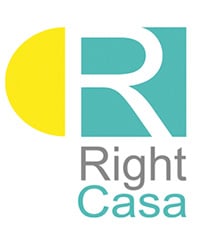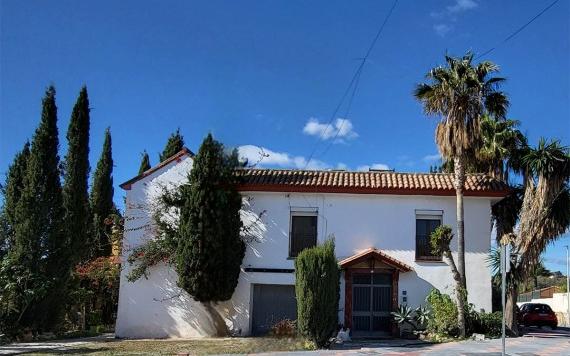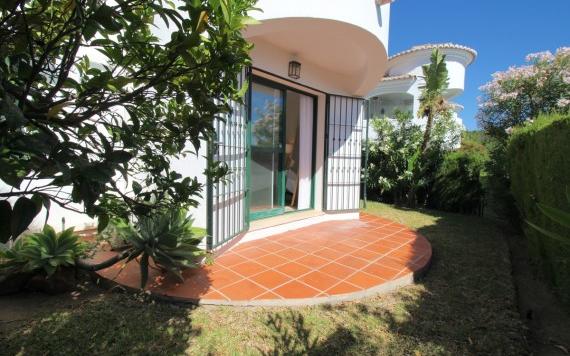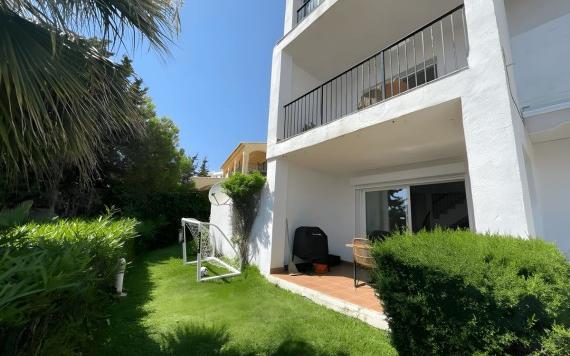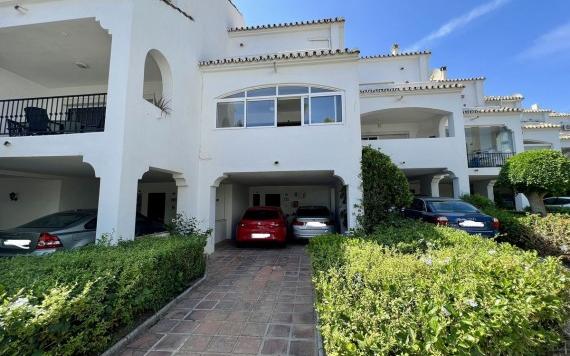
If you own a car in Spain, then some new changes for car owners are coming into force on 1st January 2023 that you need to be aware of. From this date, motorists will need to display a new environmental badge in their vehicle. The aim of this badge is to categorise vehicles based on how energy efficient they are, in order to reach the government’s environmental goals. Here’s everything you need to know about the new environmental badge for vehicles in Spain, and how it will impact you:
Why Are Spain Introducing the Environmental Badge for Vehicles?
The reason for the introduction for environmental badges to be clearly displayed in vehicles in Spain is to visually recognise which vehicles on the road are the most environmentally friendly. According to the official government website, the role of the environmental badges is to “be an effective instrument at the service of municipal policies, both restrictive of traffic in episodes of high pollution, and of promoting new technologies through fiscal benefits or related to mobility and the environment.” Only the top 50% of vehicles in Spain will be eligible for an environmental badge.
What Categories Will There Be for These Badges?
When they are first introduced on 31st January 2023, there will be four different levels of environmental badges. The badge that your vehicle will be issued will be determined by its environmental impact. The four different levels of environmental badges are:
- Label 0 Emissions, Blue: This label identifies the most efficient vehicles. To be eligible for this badge you should be driving a vehicle that is: battery electric (BEV), extended range electric (REEV), plug-in hybrid electric (PHEV) with a range of 40 km or fuel cell vehicles.
- Eco Label: This label is issued to mostly hybrid vehicles, gas vehicles or both. They will be entitled to this plug-in electric label with a range of less than 40 km, non-plug-in hybrids (HEV), vehicles powered by natural gas and gas (CNG and LNG) or liquefied petroleum gas (LPG). They must meet the criteria for label C.
- Label C, Green: This label is for internal combustion vehicles that comply with the latest EURO emissions. Passenger cars and light gasoline vans registered from January 2006 and diesel from September 2015 will be entitled to this label. Vehicles with more than 8 seats and heavy vehicles, both gasoline and diesel, registered since 2014.
- Label B, Yellow: Finally, this is the lowest level of label that you can get under the new scheme. It is for Internal combustion vehicles that, although they do not comply with the latest EURO emission specifications, do comply with previous ones. Passenger cars and light gasoline vans registered since January 1, 2001, and diesel from 2006 will be entitled to this label. Vehicles with more than 8 seats and heavy vehicles, both gasoline and diesel, registered since 2006.
If your vehicle falls into the 50% of vehicles that are considered to be ‘most polluting’ then you will not be entitled to a environmental badge, because your vehicle doesn’t meet the requirements of this.
How Will I Know If I Can Get an Environmental Badge?
The great news is that discovering if you’re eligible for an environmental badge, and the gain its benefits, couldn’t be easier. All that you need to do is visit the official DGT website and enter your vehicle’s registration number. The following link will give you all of the information you need: https://sede.dgt.gob.es/es/vehiculos/distintivo-ambiental/
Once you have ascertained that you are eligible for an environmental badge, you can purchase this from any post office in Spain, from the network of workshops of the Spanish Confederation of Workshops (CETRAA) and other networks of authorised workshops, Administrative Managers, or from the Institute of Automotive Studies (IDEAUTO) . If you have a fleet of vehicles then you can obtain the badges that you need for all of you vehicles through the Ganvam association.
How much will my environmental badge cost?
Ascertaining whether you are eligible for an environmental badge, consulting relevant information, and downloading the information is free. However you will need to pay a fee of 5 euros for the label, which is the cost of securing your environmental badge. You may also need to pay for shopping costs if you secure your environmental badge through a postal service.
At this point the environmental badge system is completely optional: there is no compulsory requirement to place a badge on your vehicle. However, there are benefits of displaying the badge: if there are environmental restrictions in place, for example, then vehicle agents can see at a glance that you car complies with the requirements. If you do choose to add the badge to your vehicle, however, it must be affixed to the lower right corner of the front windshield, if applicable. In the case of motorcycles, it must be placed on any visible part of the vehicle.
What If I’m Driving a Car from Another Country?
If your car has foreign number plates then you are not able to obtain a Spanish environmental badge, even if you live in Spain. But environmental badges are available for vehicles in other countries, such as France, Germany, Austria and Denmark, and you can use this information to compare your own countries badge to Spanish badges, if this applies.
Are you thinking of living and working in Spain? Whether you’re hoping to buy or rent a property in Spain, our local property experts are perfectly placed to decode the process for you, and help you find the home of your dreams. Get in touch today to find out more about how we can help you.

 English
English Español
Español Deutsch
Deutsch Français
Français Svenska
Svenska Nederlands
Nederlands Italiano
Italiano Norsk
Norsk Русский
Русский